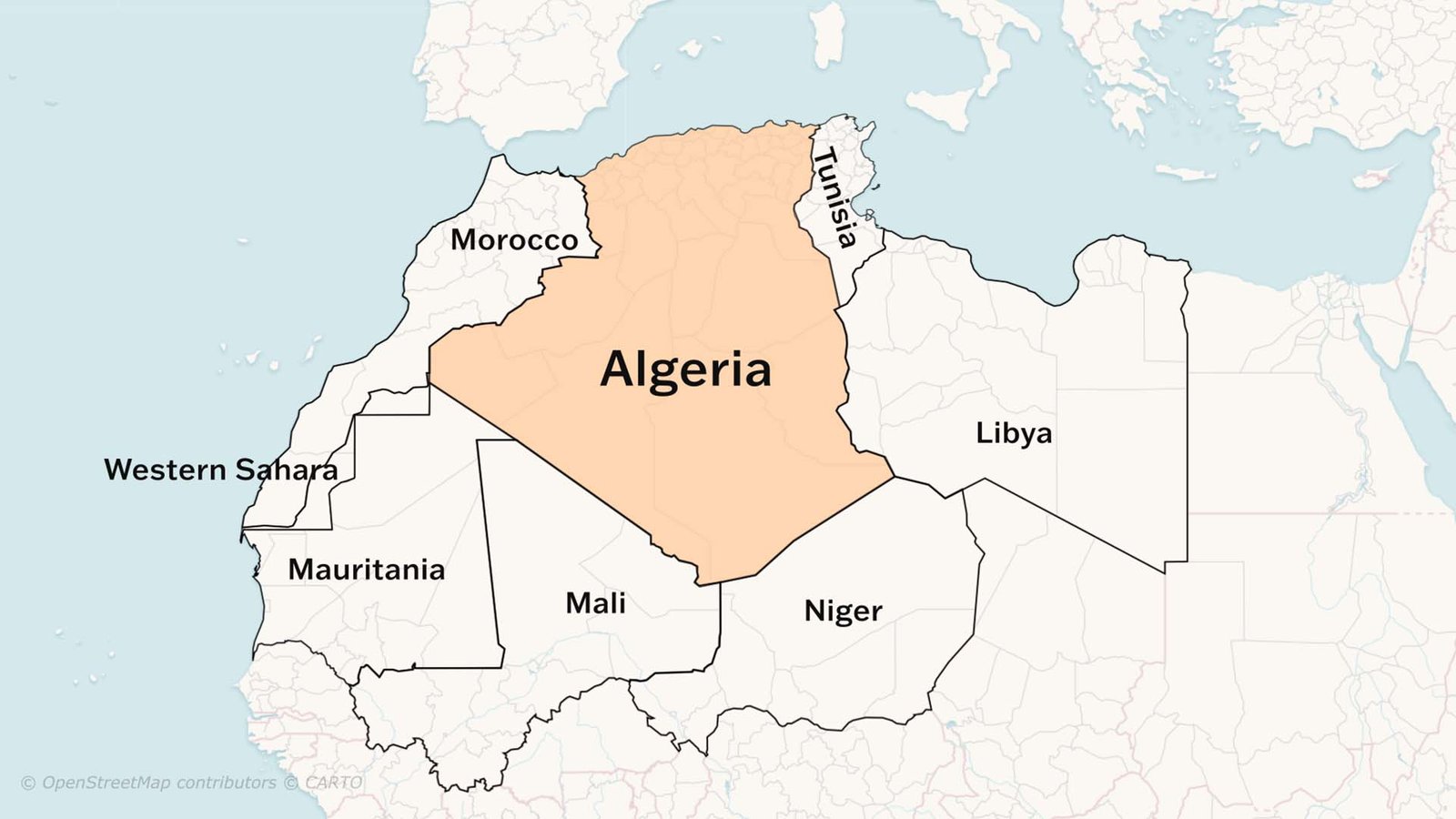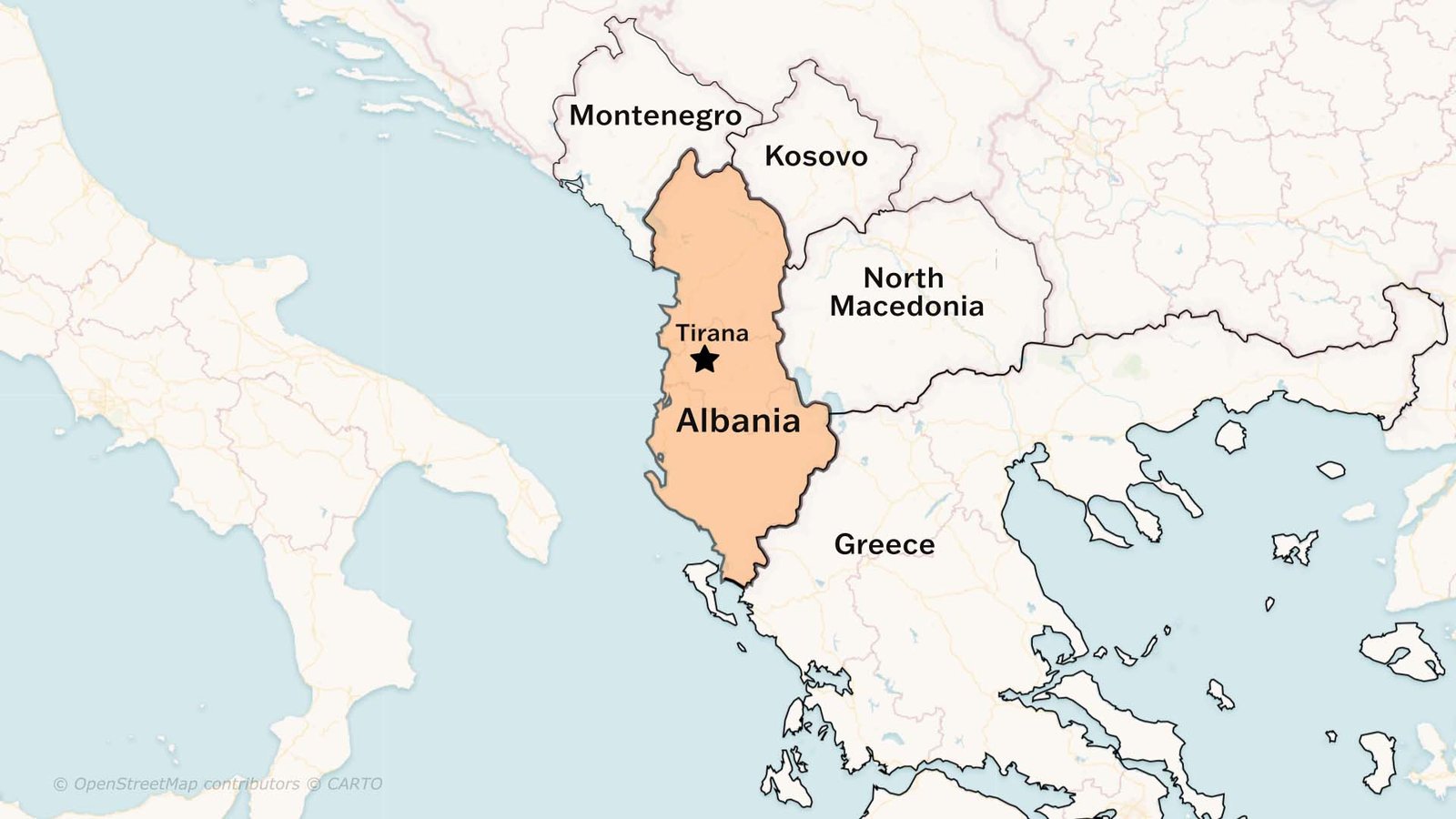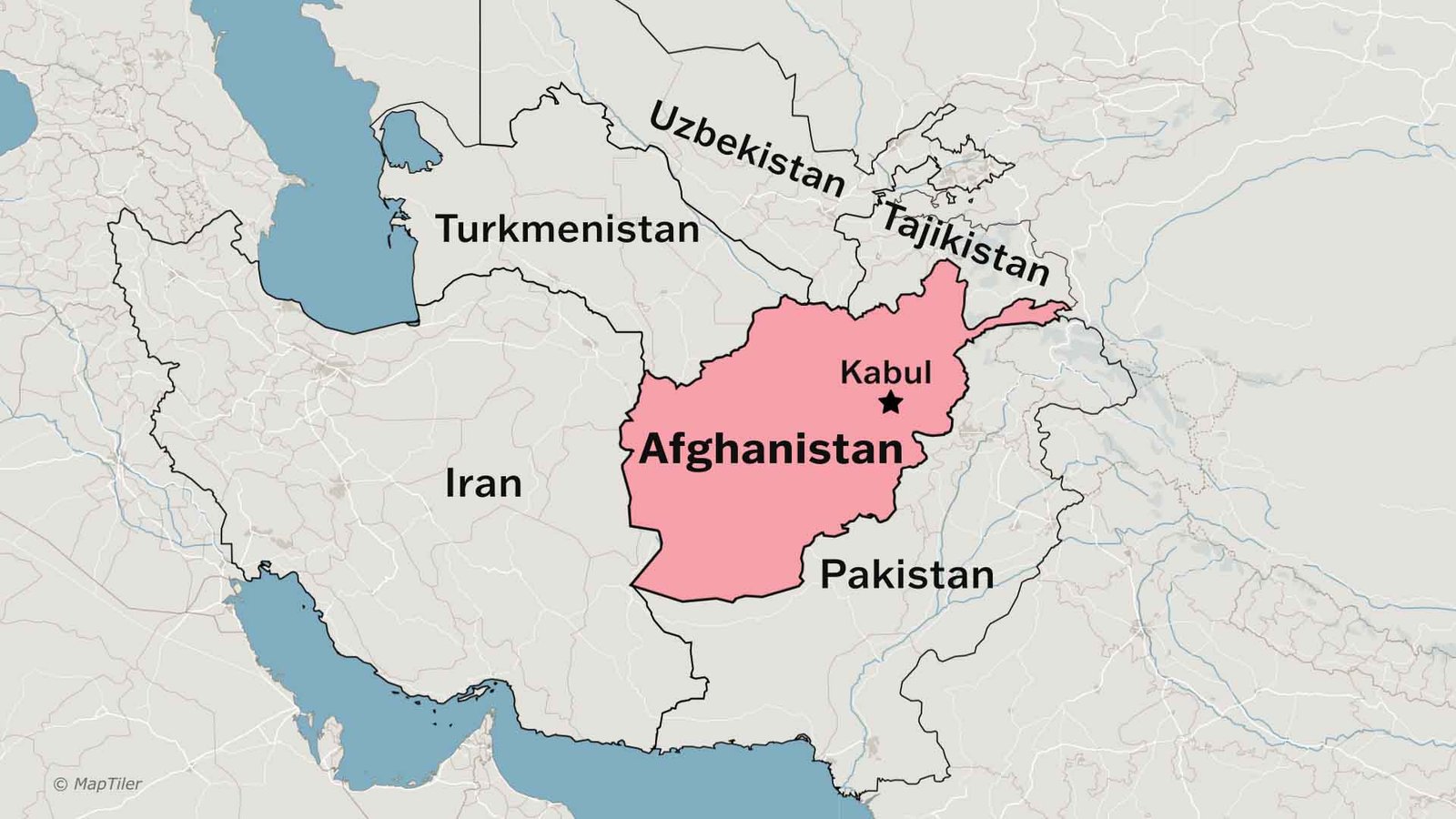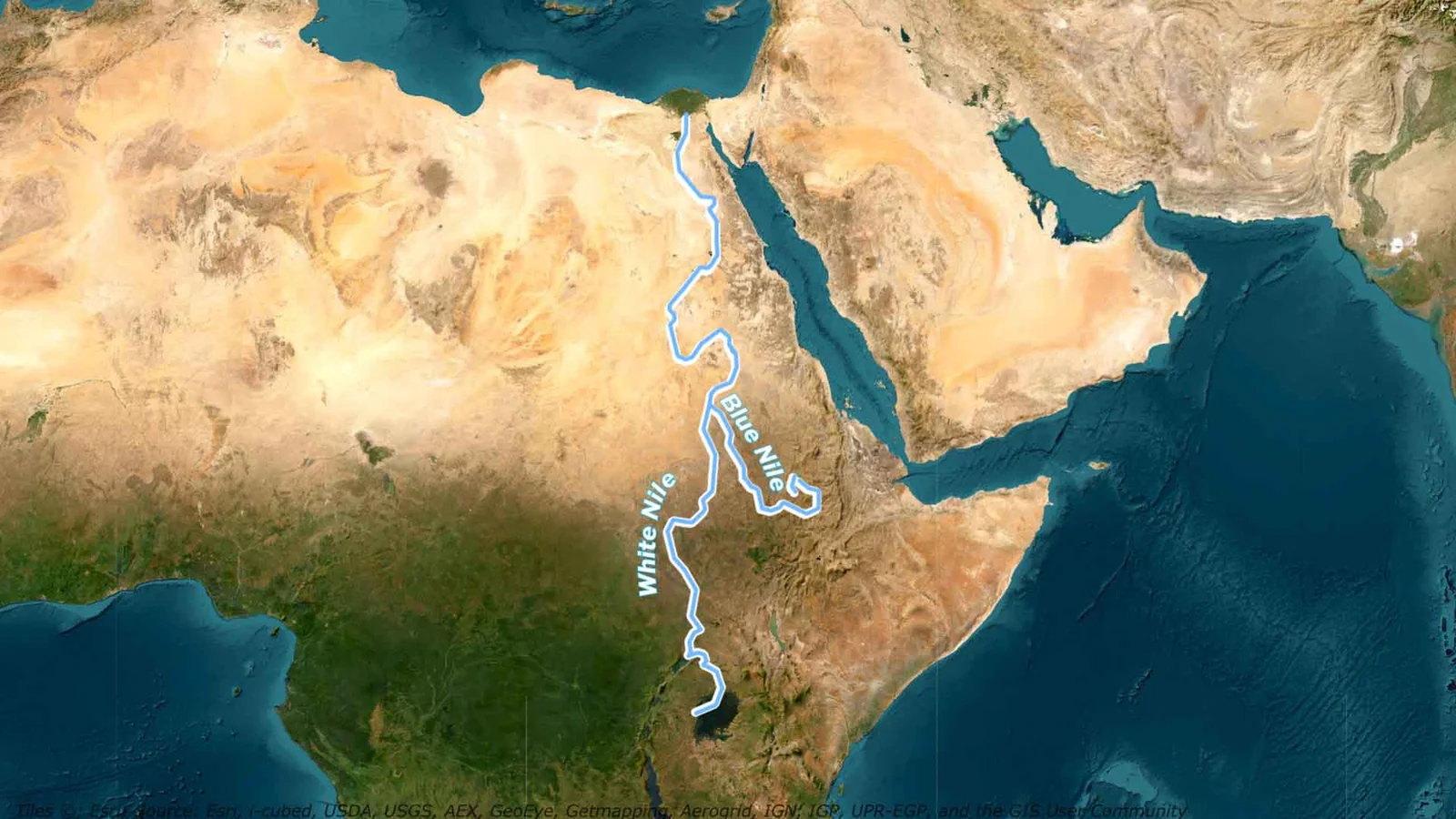Democracy: Power to the People!
Democracy is all about citizens ruling the nation. Born in ancient Athens, people vote for leaders and laws. Think Norway, Sweden, New Zealand—super democratic! It respects rights and free will, but constant leadership changes can make it shaky.
Monarchy: Kings, Queens, and Crowns!
Monarchies are ruled by a king or queen, with power passed down family lines—usually to the oldest kid. The UK, Japan, and Saudi Arabia are big examples. Symbolic monarchies (like the UK) have no real power—parliaments led by a prime minister run the show. Absolute monarchies? The ruler decides everything. Downside: you might get a bad leader who might just because they’re next in line.
Communism: No Classes, Total Control!
Communism dreams of a classless society. The state owns everything, sharing goods equally—private property’s out! China, Cuba, North Korea, Laos, and Vietnam live it. Inspired by Karl Marx, it predicts capitalism’s collapse. It says capitalist form of government would eventually destroy itself. Problem? It often leads to abuses and crushed rights.
Totalitarian: Control Freaks!
Totalitarian governments control everything—politics, economy, even your thoughts! Coined by Benito Mussolini in fascist Italy (1920s-1940s), North Korea’s Kim family is a modern example. Freedom? Nope. It’s all about the state, and dissent isn’t allowed.
Autocracy: One Boss Rules All!
In an autocracy, one person or party has total power. Decisions are final—no arguing! Think Stalin’s Soviet Union or ancient absolute monarchs. The catch? That ruler might turn into a dictator and abuse power.
Oligarchy: Rule of the Rich Few!
Oligarchy means a few powerful people—usually rich or military bigshots—run the nation. No family succession like monarchies, but they hold power through wealth or force. Some say the USA’s corporate influence makes it feel oligarchic. Issue: only the elite win, leaving inequality everywhere.
Socialism lets workers own property, but the government controls goods and services for equal distribution. China and Cuba lean this way, aiming for no classes. Why isn’t it huge? No incentives—if hard work doesn’t pay off, why bother?
Republic: The People’s State!
Republics say the state belongs to the people, who elect leaders to represent them. Plato’s idea inspired it! The Philippines is both a republic and democracy; Canada’s a democracy but not a republic—it’s a monarchy. Corruption can mess it up, though.
Federal: Power Split Smart!
Federal governments split power between a central authority and regions—like the USA with its states. It’s efficient for big countries; local leaders handle local stuff. Problem? Some areas get richer than others.
Presidential: President in Charge!
Presidential systems separate branches—executive (president) enforces laws, legislature makes them. South Korea, Philippines, Nigeria—big examples. Too much power in one person can backfire, though.
Parliamentary: Party Power!
In parliamentary systems, the top legislature party picks a prime minister to lead. Japan’s a monarchy with this twist! Opposition keeps them in check, but constant challenges can destabilize things.
Constitutional: Rules Rule!
A constitution sets the government’s limits and powers. The UK’s a constitutional monarchy; the USA’s a constitutional democracy. Weakness? Laws must match the constitution—or you’re stuck amending it.
Anarchism: No Government, Just Us!
Anarchism ditches central government for self-rule. Not chaos—people help each other freely! Somalia was anarchic pre-2006. Trouble is, self-interest can turn it messy.
Also read: Geography of the Himalayas







